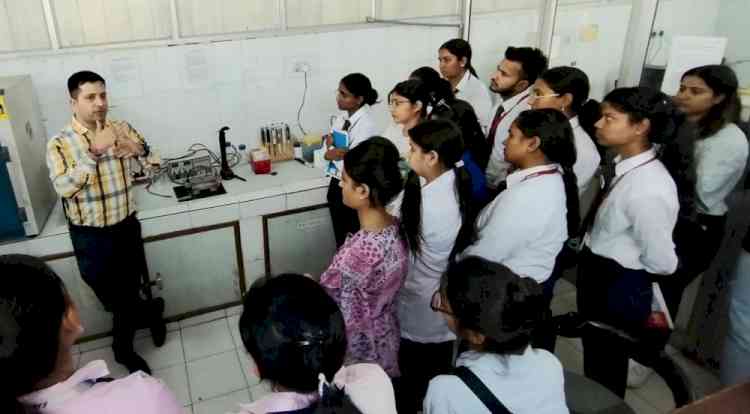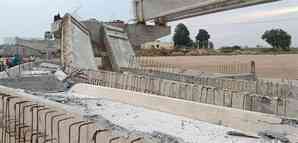Spanish scientists discover that some satellites were mistaken
Las Palmas (Spain), June 28 (IANS/EFE) The 2011-2012 eruption of El Hierro volcano in Spain's Canary Islands caused such changes in the surrounding sea that it became a bank of opportunities for all kinds of scientific projects, like the one...

Las Palmas (Spain), June 28 (IANS/EFE) The 2011-2012 eruption of El Hierro volcano in Spain's Canary Islands caused such changes in the surrounding sea that it became a bank of opportunities for all kinds of scientific projects, like the one that just found flaws in the sensors of three earth observation satellites.
During the five months the eruption lasted, the whole world could watch the spectacular stain that the volcano spread in the sea thanks to photos provided daily from space by NASA's earth and sea satellites and the European Space Agency's Envisat.
Besides cameras, those satellites have sensors that allow them to detect the presence of chemical components.
The algorithms used by these sensors determined that the vast blue-green stain forming in the sea during those weeks had high concentrations of chlorophyll, a finding refuted by the tests that the Spanish Oceanography Institute carried out directly at the volcano.
The University of Las Palmas in Gran Canaria (ULPGC) has found that the algorithms used by the satellites to track the presence of certain compounds in the environment in general work very well on the open sea, but not in extreme situations like the eruption of El Hierro.
"There was no correlation between the results of tests made 'in situ' with those provided by the satellite," Francisco Eugenio of the ULPGC's University Institute of Oceanography and Global Change, told Efe.
"The algorithms told us there was a lot of chlorophyll there, while the samples showed there wasn't. After the eruption, we kept working on it to show that the NASA and ESA algorithms didn't work, so we developed others," he said.
The ULPGC's new algorithms for the detection of substances from satellite images could be used to study other undersea eruptions that occur in the world.
--IANS/EFE
ab/bg

 cityairnews
cityairnews 
















